Bird Nerd Blog Hoping to provide birdwatching help/information to anyone...
Read MoreBLOG
IT'S SPRING BIRD MIGRATION TIME!
Yes Yes Yes!! Daylight Savings is here! The days are longer, and we just got a stretch of some warm weather to make us only yearn for more. The “Spring Ahead” tradition of changing the clocks is a definite indication to us humans that Spring is coming. However, the birds have been feeling it for awhile now. They have an innate understanding of the weather and the length of daylight. They have known they will be traveling soon. Moving from the southern regions where they spent the winter to the breeding grounds that will hopefully become where they raise young.
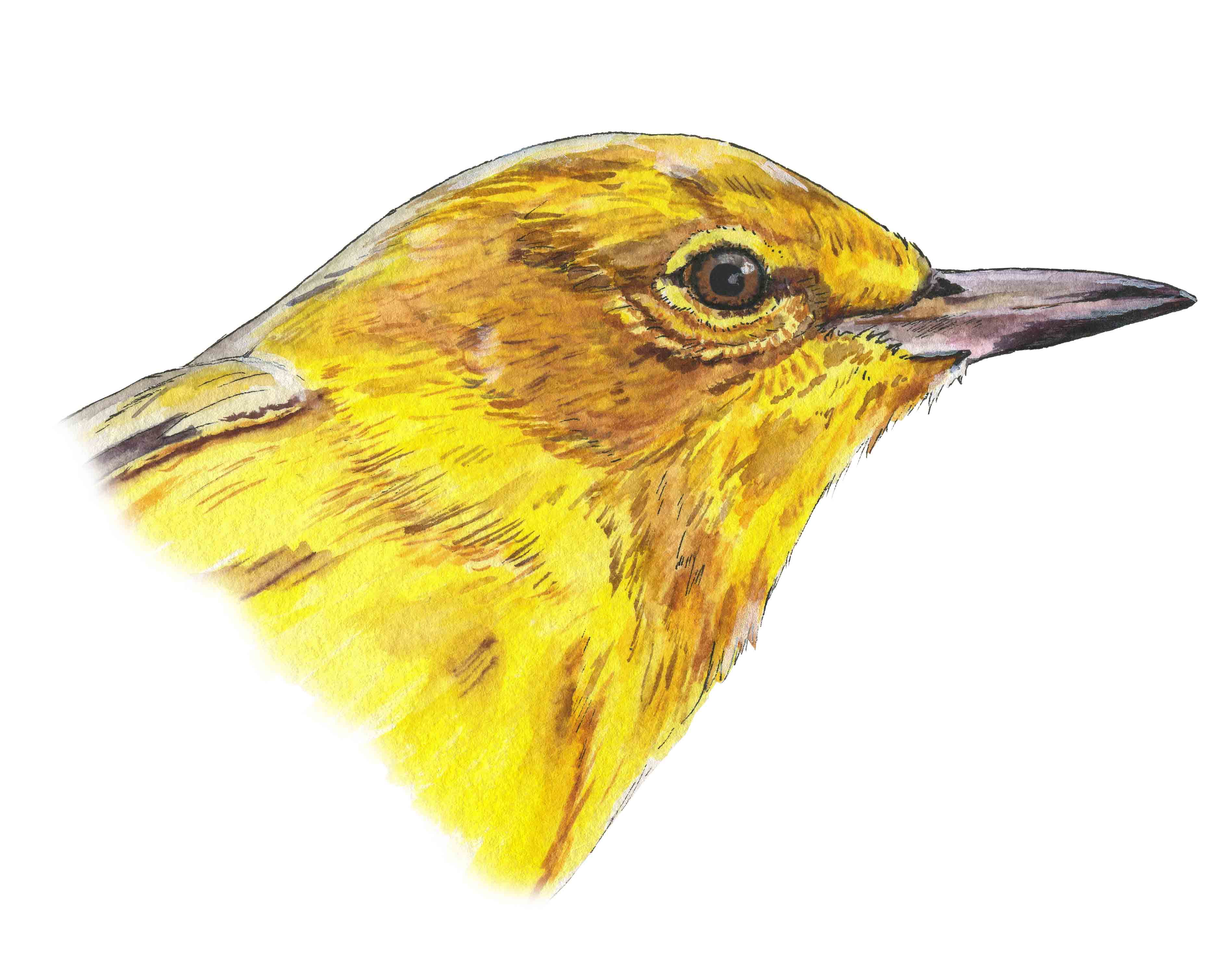 We have already been graced with an influx of our first migrants the last couple weeks. Tree Swallows, Piping Plover, Killdeer, and Osprey have all been
We have already been graced with an influx of our first migrants the last couple weeks. Tree Swallows, Piping Plover, Killdeer, and Osprey have all been 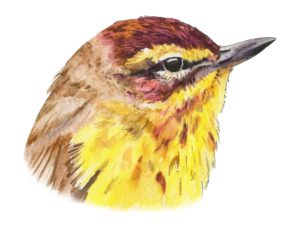
spotted recently in CT, RI or MA. They are coming! Soon, they will be followed by the first Warblers, usually Pine, Palm and an influx of Yellow-Rumps. As a birdwatcher you start to get out of your winter blues and dream of birdwatching local hotspots before the foliage appears in May.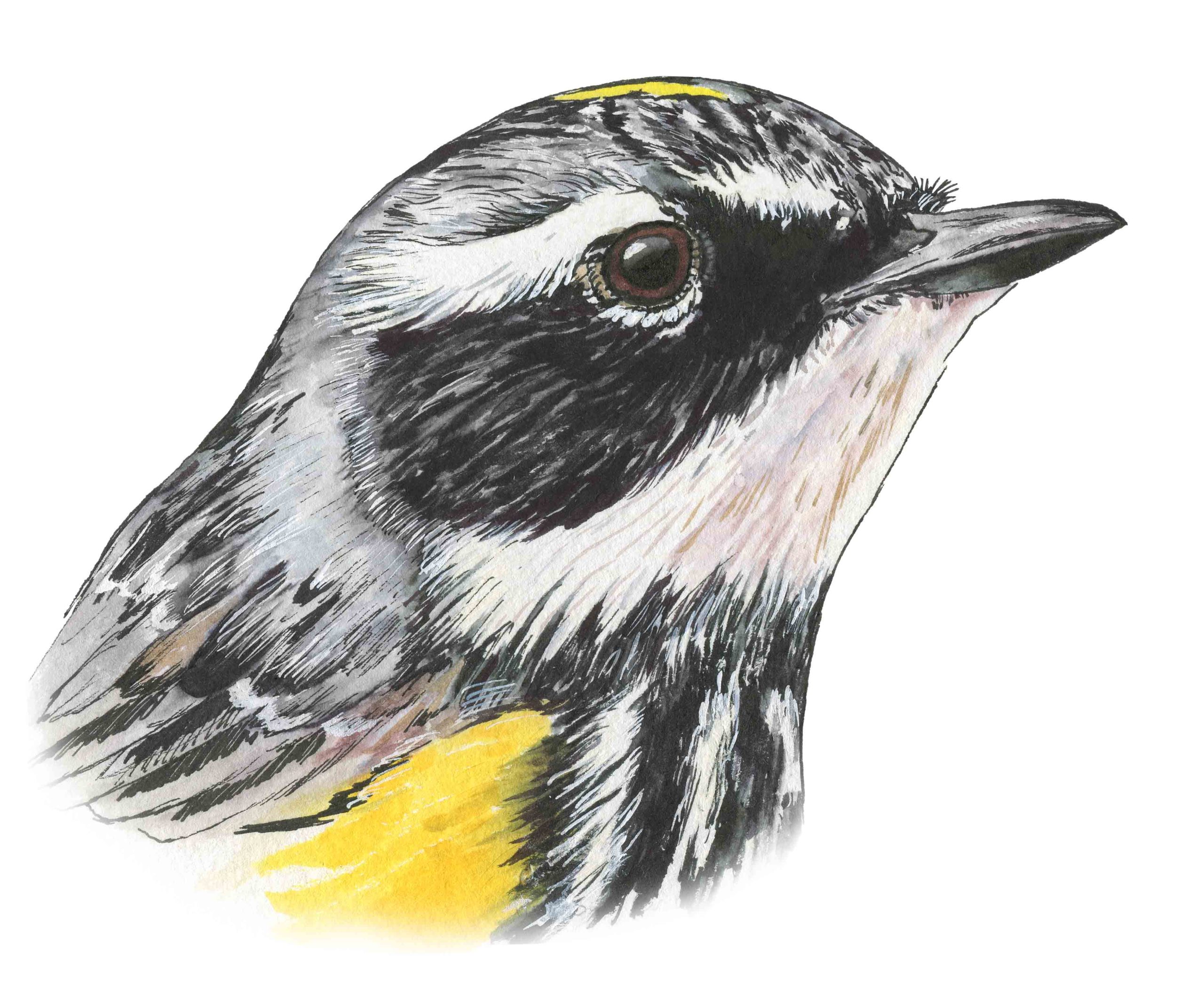
One cool thing that I have done over the past couple of years is to pay attention to bird radar. Yes, that’s what I said BIRD RADAR. This technology of watching bird migration on radar originated from the WWII observations of wispy movements on radar screens of the time. It was later discovered that those pale wisps were actually migrating birds. Radar has improved so much since then that the doppler radar that is used for weather can give reports of which birds may be flying. Flight speed, wing area, frequency, direction of flight distance and altitude all can be determined from studying radar. It has given a great insight into this amazing twice-yearly trip that the migrants make. The Cornell Bird lab along with other organizations have developed a specific website where you can access bird migration in real-time. It is called BIRDCAST.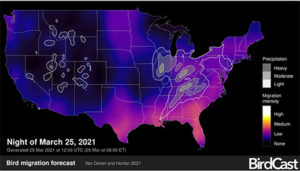 Many birdwatchers begin to watch as early as March for the long distance migrants to cross the Gulf of Mexico and start their northern journey to New England and beyond! The birdcast website can give you details on weather events and local bird fallouts.
Many birdwatchers begin to watch as early as March for the long distance migrants to cross the Gulf of Mexico and start their northern journey to New England and beyond! The birdcast website can give you details on weather events and local bird fallouts.
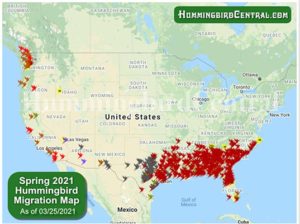 Another cool resource that keeps an eye on migration is HUMMINGBIRD CENTRAL.
Another cool resource that keeps an eye on migration is HUMMINGBIRD CENTRAL.
This site uses siting of hummingbirds made by ebird and other sources to map the migration of hummingbirds on their journey north.
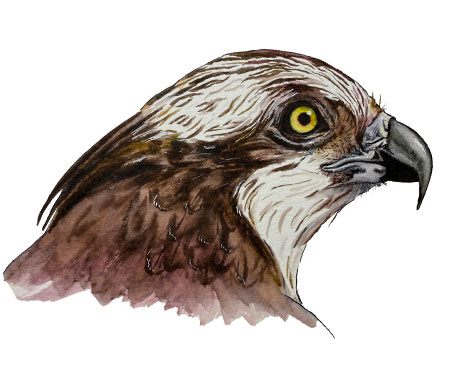
How do birds survive the winter?
Bird Nerd Blog Hoping to provide birdwatching help/information to anyone...
Read MoreA First Look at Identifying Birds
Bird Nerd Blog Hoping to provide birdwatching help/information to anyone...
Read More